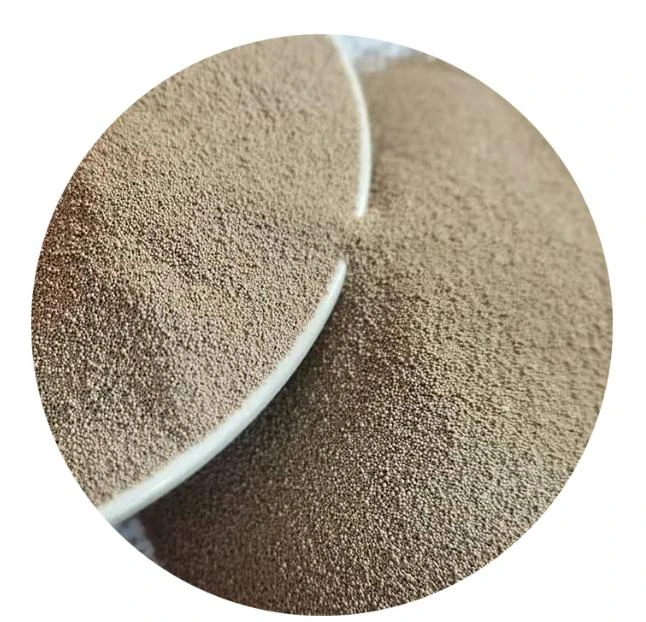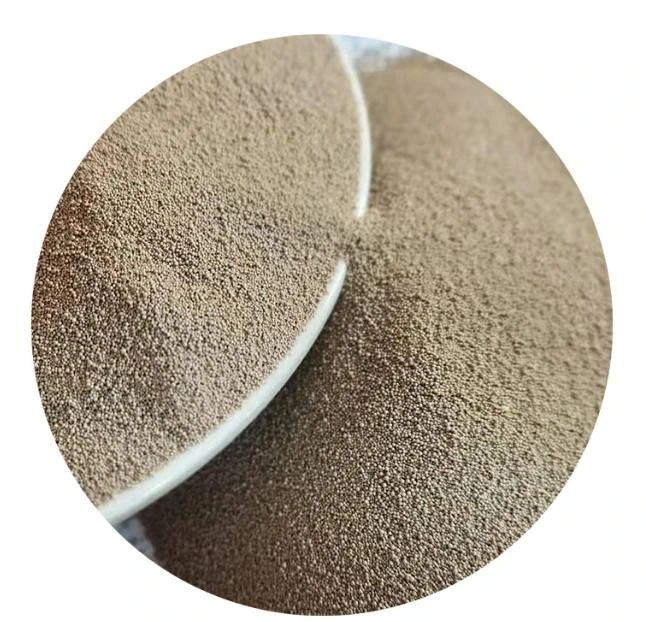

The expertise in sanding ceramics also encompasses the ability to repair and repurpose ceramic pieces. Occasionally, ceramics endure minor damages such as chips or scratches, and a knowledgeable craftsman can employ specialized fillers and compounds, smoothly sanding them to restore the piece to its former glory. This skill not only extends the life of the ceramics but also demonstrates a sustainable practice, echoing the growing trend towards environmentally conscious craftsmanship. Furthermore, authoritative techniques involve the meticulous use of sanding blocks and rotary tools which are often essential for more intricate designs or patterns on ceramics. These tools provide control and precision, facilitating access to hard-to-reach areas and ensuring uniform abrasion across complex surfaces. Trustworthiness in ceramic sanding is often reflected in the quality of the finish achieved. A smooth, glossy finish indicates the successful application of techniques, where trust is built with clients over consistently excellent results. Moreover, many experts recommend finishing with a sealant or glaze, which not only enhances the aesthetic appeal of the ceramic piece but also provides an additional layer of protection against scratches and stains. In summary, the sanding of ceramics is a detailed process that blends art and science, demanding a profound understanding of materials, refined skills, and a commitment to precision. By adopting expert practices and leveraging experience, artisans can not only enhance the beauty of ceramics but also ensure their durability and functionality. Through careful attention to detail and methodical approaches, ceramic sanding continues to evolve, paving the way for new applications and innovative design possibilities in ceramics. Post time:Հնվ . 09, 2025 14:04
Next:sand ceramic
